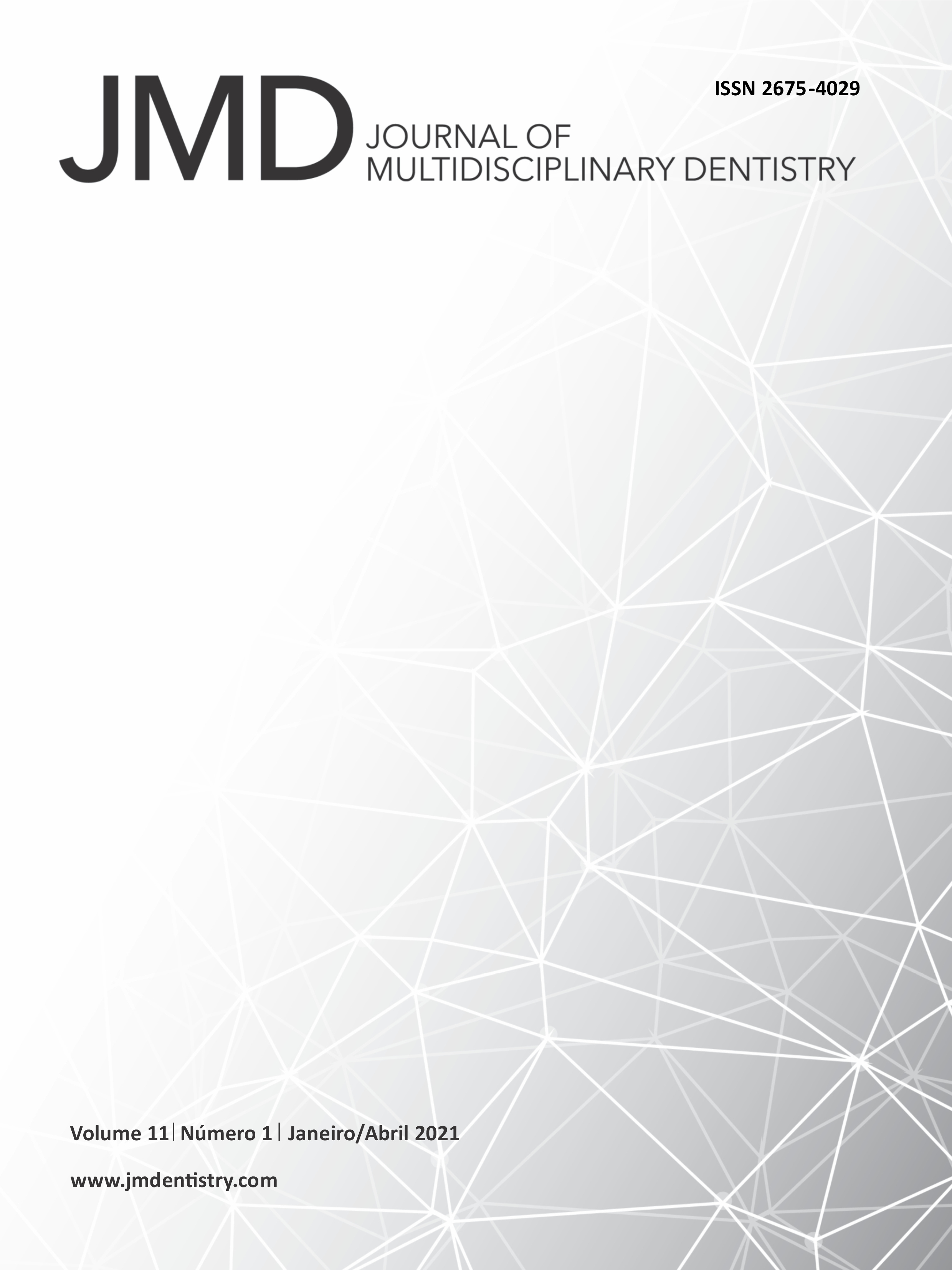Comparison of maxillary sinus lifting techniques using conventional rotatory instruments and piezoelectric devices: literature review
DOI:
https://doi.org/10.46875/jmd.v11i1.635Keywords:
Sinus floor augmentation, Dental implants, MaxillaAbstract
In oral rehabilitation using prostheses on implants in the posterior regions of the maxilla, a maxillary sinus lift surgery is often needed due to pneumatization that occurs in the bone remodeling process after extractions. One of the main complications of this procedure is the perforation of the membrane of this structure. In this perspective, this study aimed to compare conventional techniques with rotary instruments and piezoelectric devices to perform a maxillary sinus lift through a literature review. To accomplish that, the search terms piezosurgery (AND), piezoelectric (AND/OR), sinus floor augmentation (AND/OR), sinus lift (AND/OR) were used through the PubMed database to search for controlled clinical trial studies with patients, in English and published between 2010 to 2020. A total of 13 articles were selected, however, after reading the abstract and full text, only 5 were included. Only 2 studies did not observe statistical significance regarding maxillary sinus membrane perforation with conventional rotary instruments and piezoelectric devices, although one of these still found that piezosurgery causes less pain and edema in the postoperative period than the conventional technique. It is concluded that the choice of piezoelectric devices in comparison to conventional rotary instruments is more advantageous because it reduces the risk of membrane perforation in sinus lift surgeries.


